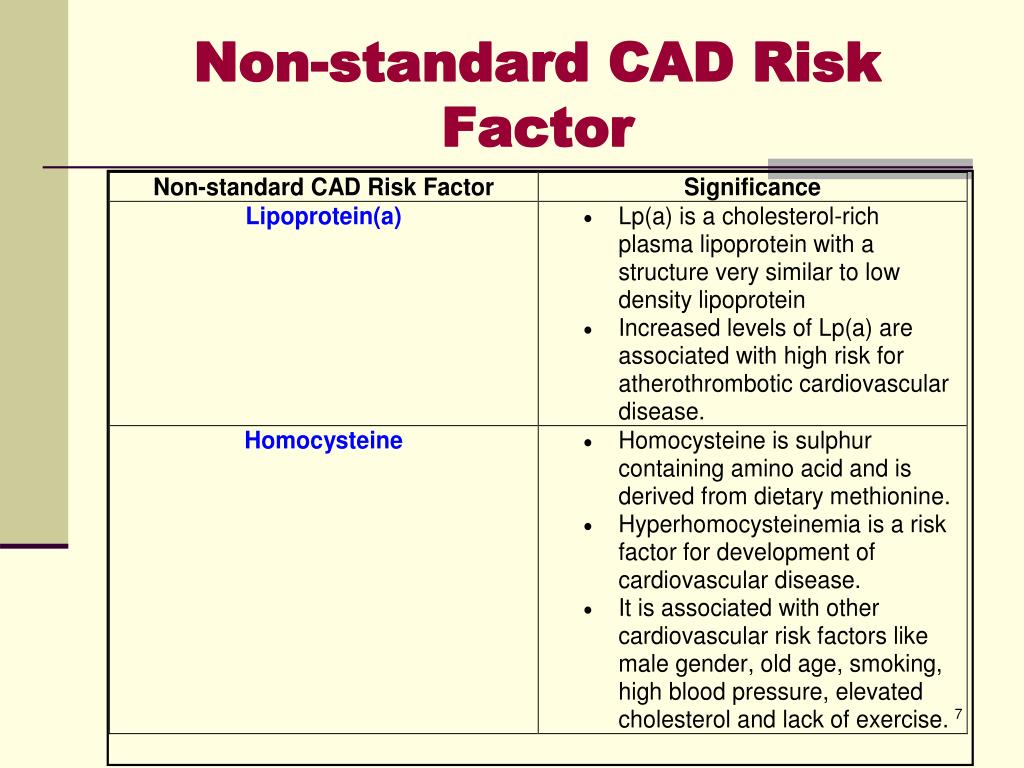
The present study showed that the HEART score has a moderate and positive correlation with the SYNTAX score and HEART score with a cut-off value of 6 is a predictor for SYNTAX score of ≥ 23. We found that HEART Score of more than 6 is 52% sensitive and 74.7% specific to detect extensive coronary artery involvement (SNTAX score ≥ 23). Pearson correlation coefficient was 0.493 between HEART Score and SYNTAX score which was statistically significant (P < 0.001). 300 patients (65% female) with mean age of 58.42 ± 12.42 years were included. HEART and SYNTAX scores were calculated for all patients and their association was assessed. Coronary angiography was done via the femoral or radial route. Serum troponin I level was measured on admission and 6 h later. Data including age, gender, risk factors, comorbidities, 12-lead ECG, blood pressure and echocardiogram were recorded for all the participants. This multi-centric cross-sectional study investigated patients referred to the cardiac emergency departments of three hospitals between January 2018 and January 2020. We investigated the potential of HEART Score in detecting the existence and severity of coronary artery disease based on SYNTAX score. Coronary computed tomography angiography is an excellent predictor of CAD and outcome.Clinical scoring systems such as the HEART score can predict major adverse cardiovascular events, but they cannot be used to demonstrate the degree and severity of coronary artery disease. Coronary computed tomography angiography identified severe CAD in all subjects with adverse outcomes.ĬONCLUSION: Among ED patients who present with chest pain judged to be at low to intermediate risk for acute coronary syndrome, traditional risk factors are not useful to stratify risk for CAD and adverse outcomes. The TIMI and GRACE scores were not useful to predict adverse outcomes. Correlation with CAD was poor for the TIMI (r = 0.12) and GRACE (r = 0.09-0.23) scores. Among traditional cardiac risk factors, only age (older) and sex (male) were significant independent predictors of CAD. Six patients developed adverse cardiovascular outcomes. RESULTS: Among 250 patients evaluated by cCTA, 143 (57%) had no CAD, 64 (26%) demonstrated minimal plaque (70% stenosis).

Adverse cardiovascular outcomes were recorded at 30 days. Coronary computed tomography angiography findings were rated on a 6-level plaque burden scale and classified for significant CAD (stenosis ≥50%). Cardiac risk factors, clinical presentation, electrocardiogram, and laboratory studies were recorded the Thrombolysis in Myocardial Infarction (TIMI) and Global Registry of Acute Coronary Events (GRACE) scores were tabulated. METHODS: Informed consent was obtained from consecutive ED patients who presented with chest pain and were evaluated with coronary computed tomography angiography (cCTA).

OBJECTIVE: The objective of the study is to evaluate cardiac risk factors and risk scores for prediction of coronary artery disease (CAD) and adverse outcomes in an emergency department (ED) population judged to be at low to intermediate risk for acute coronary syndrome.


 0 kommentar(er)
0 kommentar(er)
